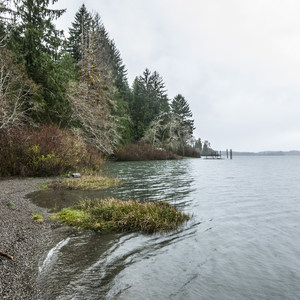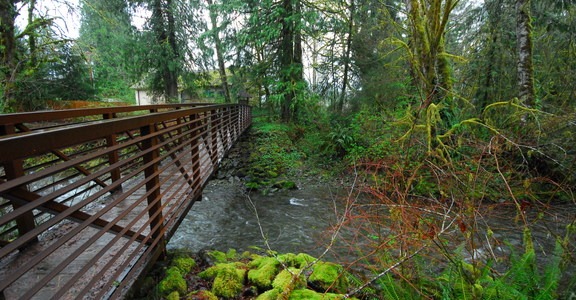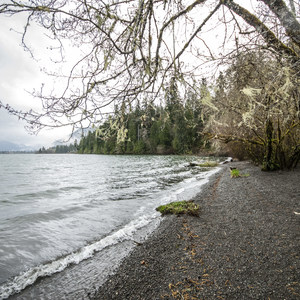You are here
Hike-in Required
No
ADA accessible
No
Guided tours
No
Please respect the outdoors by practicing Leave No Trace. Learn more about how to apply the principles of Leave No Trace on your next outdoor adventure here.
Nearby Lodging + Camping
Western Olympic Peninsula, Washington
Quinault National Forest
Quinault National Forest










Comments
Sign In and share them.